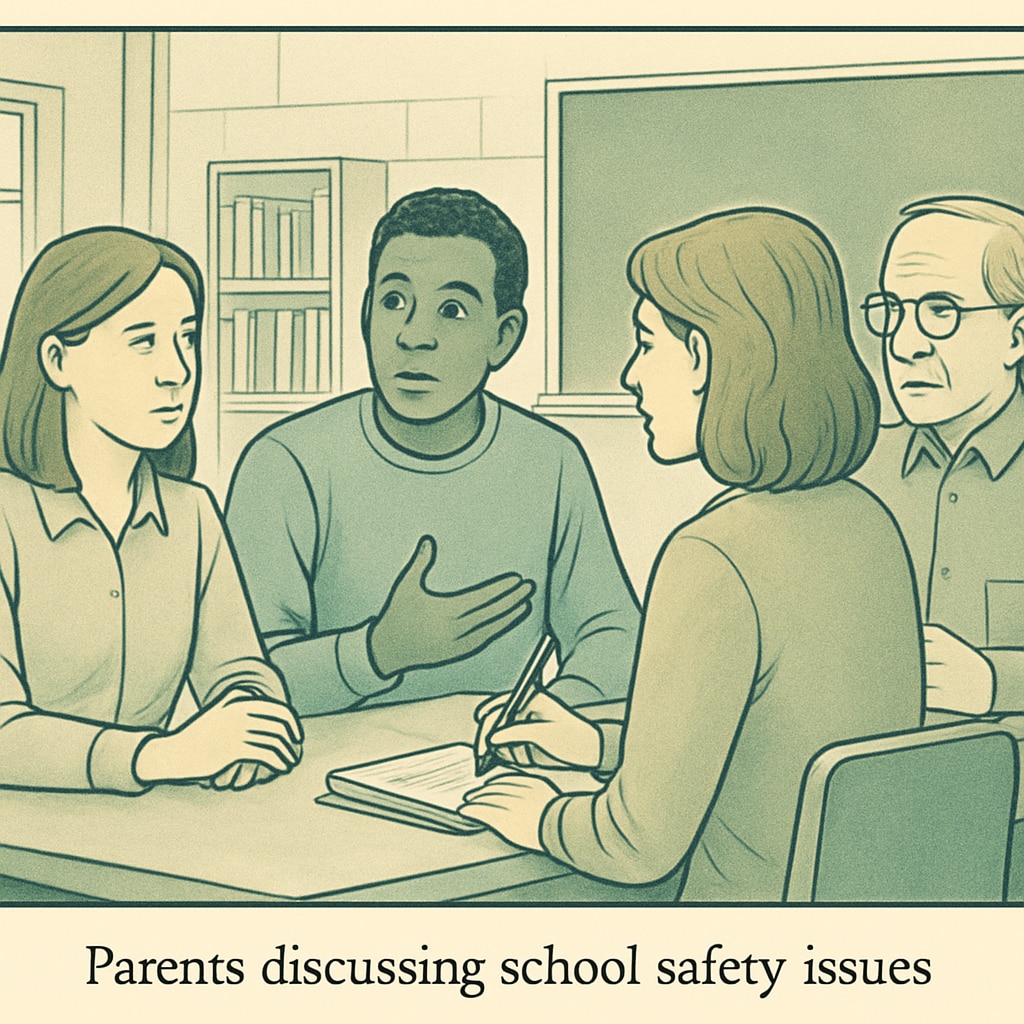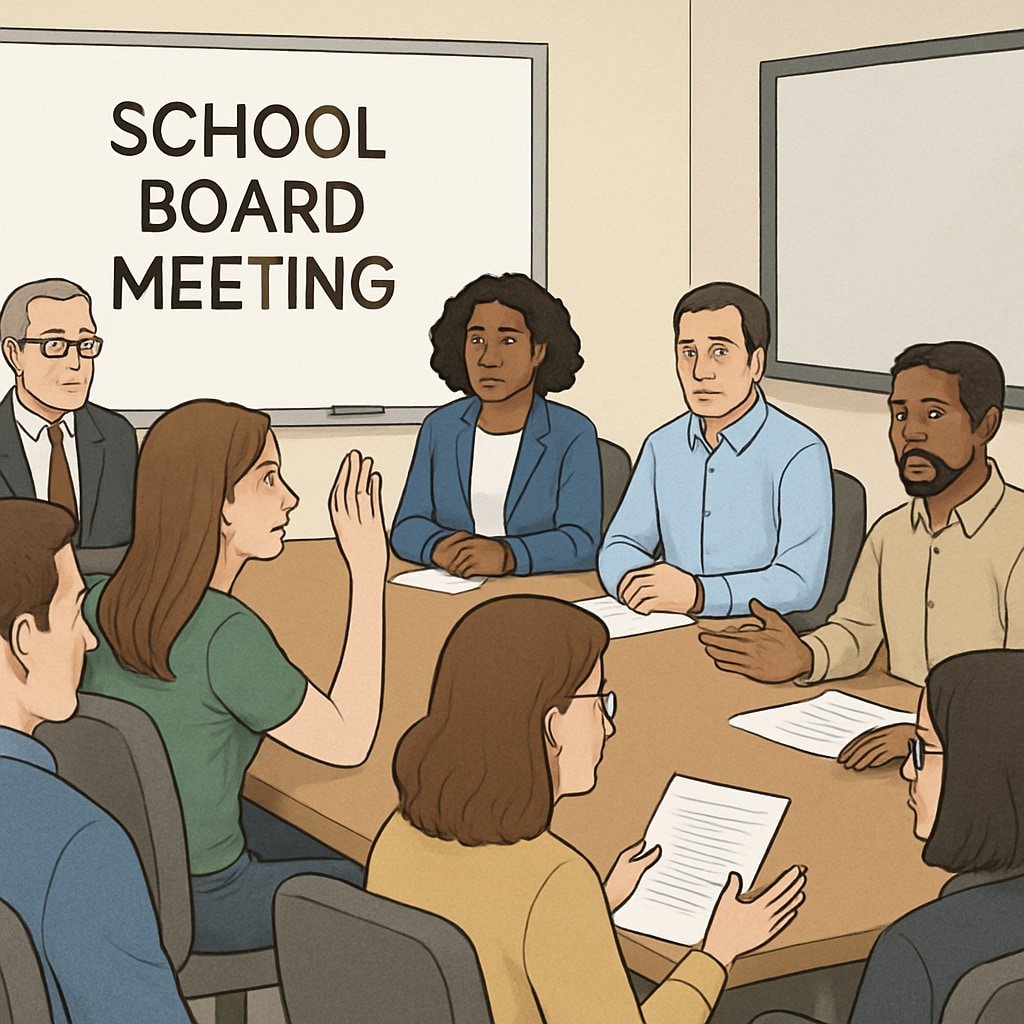When individuals with a history of child abuse are appointed to school boards, the community faces pressing ethical dilemmas and significant safety concerns. School boards play a pivotal role in shaping the educational environment, policies, and the overall well-being of students. Allowing someone with a record of child abuse into such a position risks undermining trust, endangering children, and compromising the integrity of the educational system. This article examines the challenges posed by this issue and provides actionable steps for communities that prioritize student safety.
Understanding the Risks and Ethical Implications
School boards are responsible for making decisions that directly impact students, including allocating resources, shaping curriculum guidelines, and enforcing disciplinary policies. Allowing individuals with a history of child abuse into these positions raises concerns about their ability to prioritize student welfare and maintain ethical standards. For example, trust is a cornerstone of the educational system, and its erosion can lead to widespread unease among parents, teachers, and students.
Moreover, the presence of such individuals may inadvertently normalize unethical behavior, creating a dangerous precedent. Communities must understand these risks and take proactive measures to ensure that school board members are held to the highest moral and legal standards.

Steps Communities Can Take to Protect Students
When confronting this sensitive issue, communities can employ several strategies to safeguard students and uphold the integrity of their educational systems:
- Background Checks: Advocate for mandatory, comprehensive background checks for all school board candidates. This ensures that individuals with criminal histories, particularly related to child abuse, are flagged and disqualified.
- Policy Advocacy: Work with local lawmakers to establish stricter regulations for school board appointments, emphasizing child safety as a core criterion.
- Community Oversight: Create a committee of parents and educators to oversee school board decisions and raise concerns about questionable appointments or policies.
- Public Awareness Campaigns: Educate the community about the importance of vetting school board members and encourage active participation in elections.
By taking these steps, communities can ensure that their voices are heard and that their concerns about student safety are addressed proactively.

The Role of Transparency and Accountability
Transparency is vital to maintaining trust within the educational system. School boards should openly communicate their screening processes, decision-making criteria, and any concerns raised about specific members. Accountability mechanisms, such as regular reviews of board member conduct and accessible channels for reporting concerns, further reinforce community trust and student safety.
For instance, organizations like Britannica’s guide on accountability emphasize the importance of structured oversight in governance. Similarly, the Wikipedia page on school governance outlines best practices for ethical decision-making in educational settings.
Communities should demand these practices from their schools, fostering a culture of vigilance and responsibility.
Conclusion: Taking Collective Action for Safer Schools
Allowing individuals with a history of child abuse to serve on school boards is not just a legal and ethical misstep—it is a direct threat to the safety and development of students. Communities must unite to demand higher standards, implement robust safeguards, and hold educational leaders accountable. By doing so, we can build a system where trust, safety, and integrity prevail.
Ultimately, protecting our schools is a collective effort. By advocating for transparency, enforcing stricter policies, and promoting community involvement, we can ensure that every child receives education in a safe, nurturing environment.


